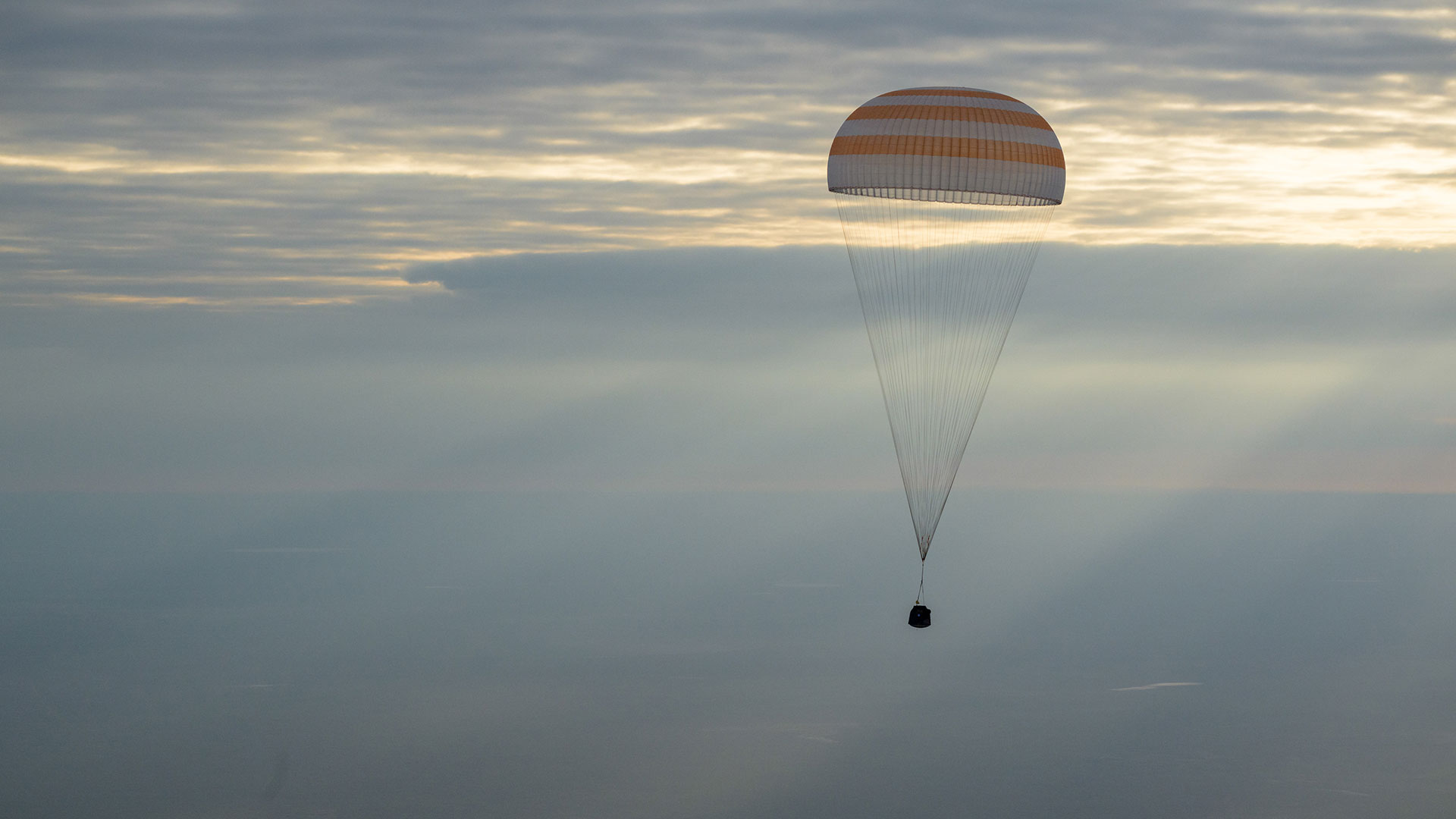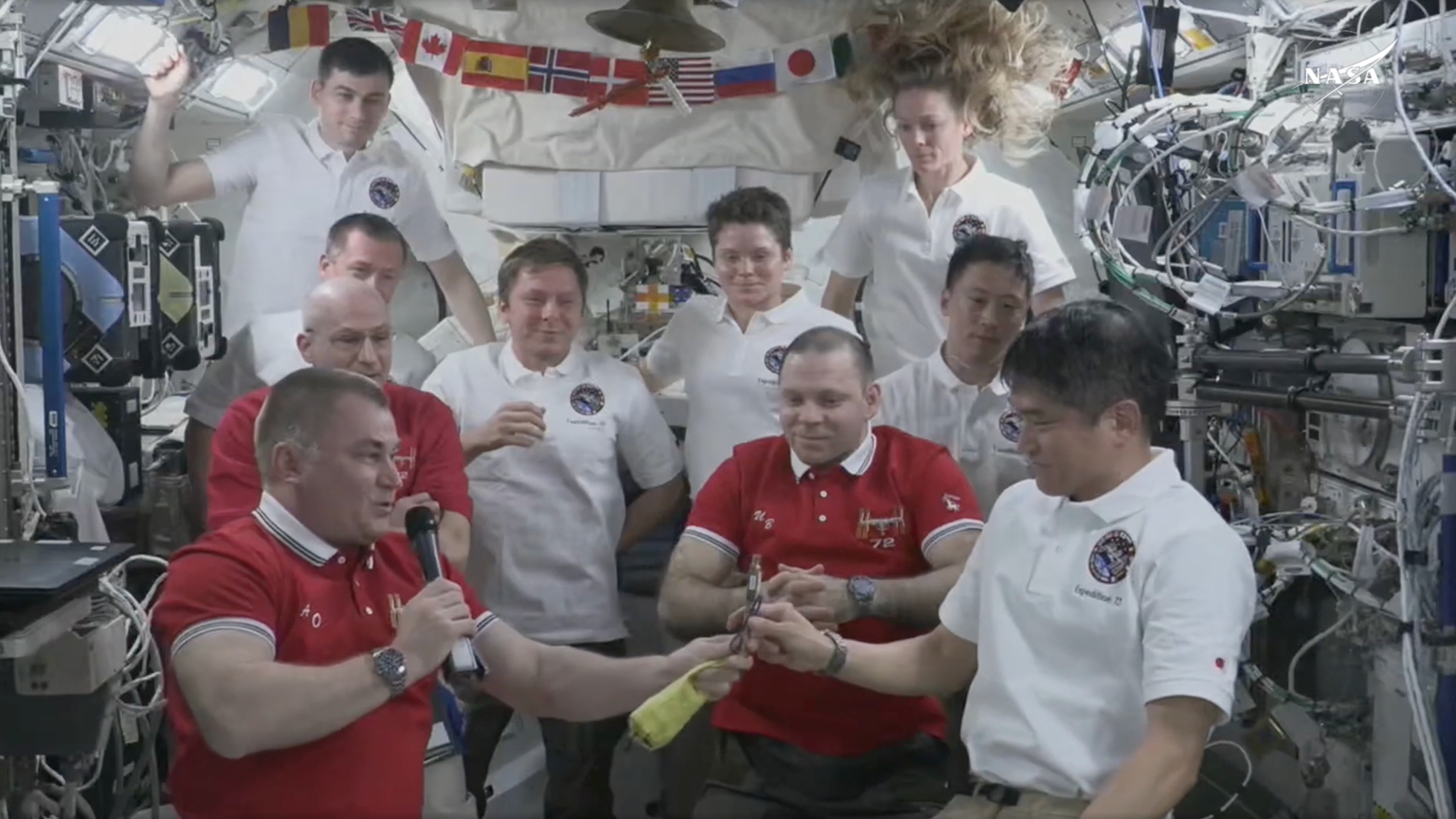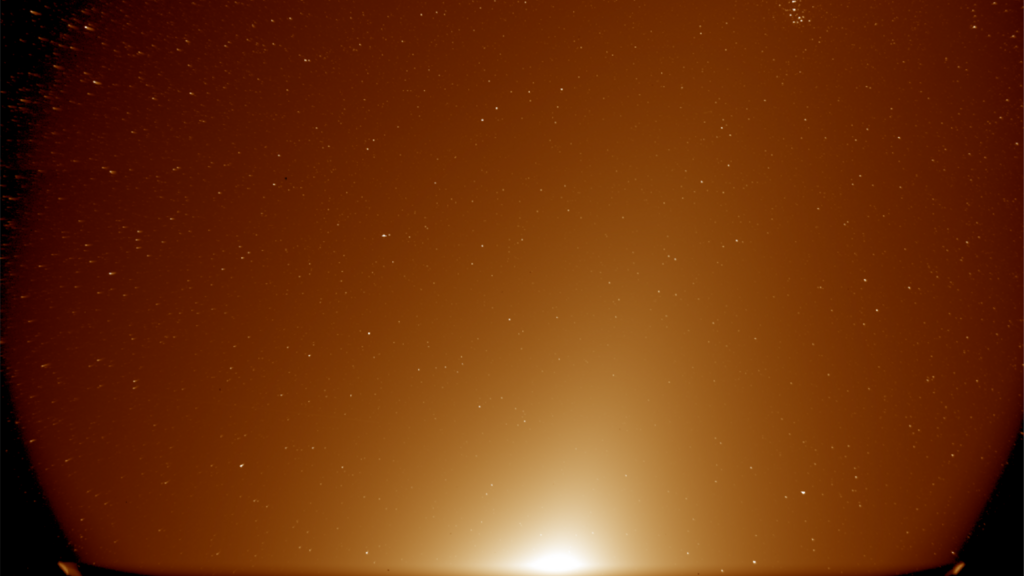1st Zero-G Espresso Machine Headed for Space Station

The International Space Station is about receive perhaps its most important upgrade to date: a microgravity espresso maker!
Until now, the crew of the orbiting outpost have been restricted to drinking coffee of the freeze-dried instant variety. But now that the experimental ISSPresso machine has launched to the space station (on Tuesday afternoon by a SpaceX Falcon 9 rocket), the astronauts and cosmonauts will have access to a freshly percolated bag of hot, fresh coffee whenever they feel the urge for a caffeine boost.
PHOTOS: 'Space Invader' Found on International Space Station
This is especially good news for NASA astronaut Scott Kelly and cosmonaut Mikhail Kornienko who have just begun their year-long stint on the space station.

As part of a joint venture between the Italian coffee company Lavazza, the engineering firm Argotec and Italian Space Agency, the ISSPresso was revealed last year. When on board the ISS, the machine just needs to be strapped to the interior wall of a space station module using bungee ropes.
According to a September 2014 Space.com article, the machine will produce a brewing temperature of 167 degrees Fahrenheit (75 degrees Celsius) and will replicated the water pressure of an Earth-based espresso machine. Lavazzo will supply the station with capsules of coffee year-round so they never run out
Details of how the machine works and the cost of the project are scant as some of the mechanisms are propriety to the companies involved. Lavazzo thinks that the machine will be operating for several years in orbit.
Get the Space.com Newsletter
Breaking space news, the latest updates on rocket launches, skywatching events and more!
VIDEO: This Isn't CGI, It's The International Space Station
Italian astronaut Samantha Cristoforetti will be the first to try out the space station's brand new coffee machine when it gets powered up.
The ISSPresso was originally destined to be launched to the space station on board the Orbital Sciences Cygnus resupply vehicle, but an Antares rocket launch explosion in October curtailed Orbital’s access to space and resupply missions had to be transferred to SpaceX.
The SpaceX unmanned Dragon capsule launched Tuesday (April 14) at 4:10 p.m. EDT from Cape Canaveral Air Force Station, Fla., where in addition to sending 4,387 lbs. (2,015 kilograms) of food, supplies and the ISSPresso to the outpost, the Falcon 9 first stage made a third attempt at a vertical touchdownon one of the private spaceflight company’s floating landing barges in the Atlantic Ocean.
This story was provided by Discovery News.
Join our Space Forums to keep talking space on the latest missions, night sky and more! And if you have a news tip, correction or comment, let us know at: community@space.com.
Ian O'Neill is a media relations specialist at NASA's Jet Propulsion Laboratory (JPL) in Southern California. Prior to joining JPL, he served as editor for the Astronomical Society of the Pacific‘s Mercury magazine and Mercury Online and contributed articles to a number of other publications, including Space.com, Space.com, Live Science, HISTORY.com, Scientific American. Ian holds a Ph.D in solar physics and a master's degree in planetary and space physics.









